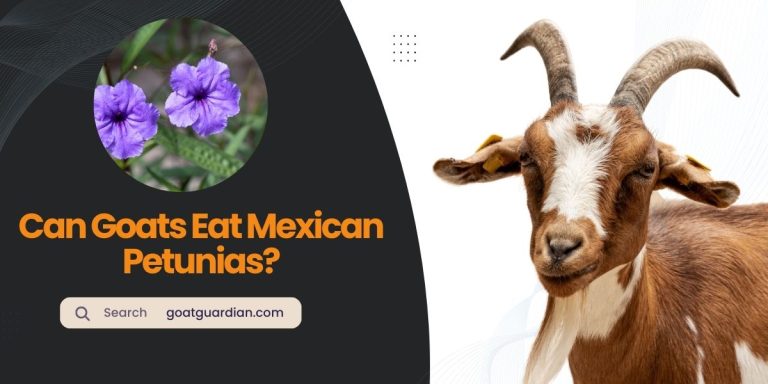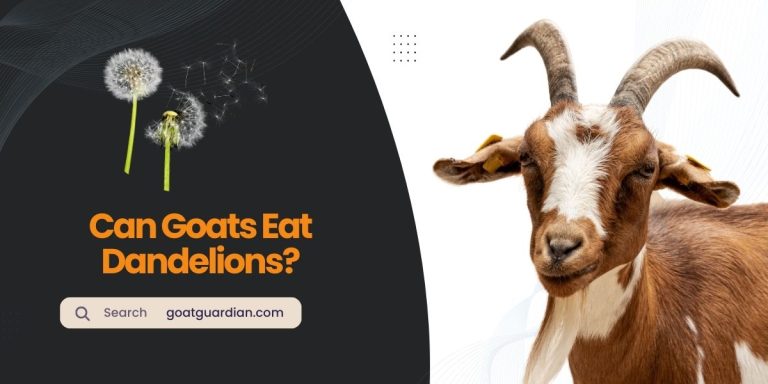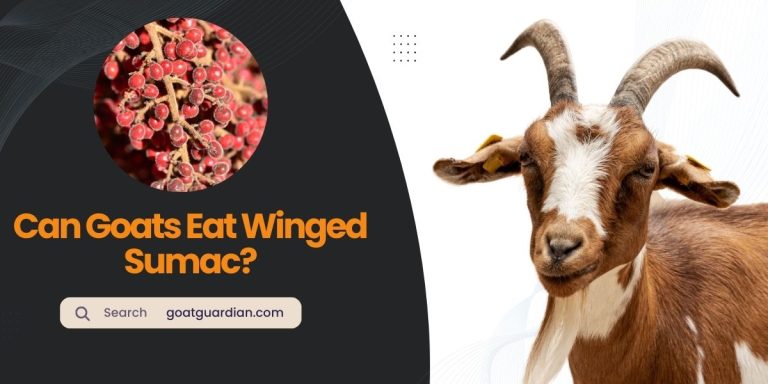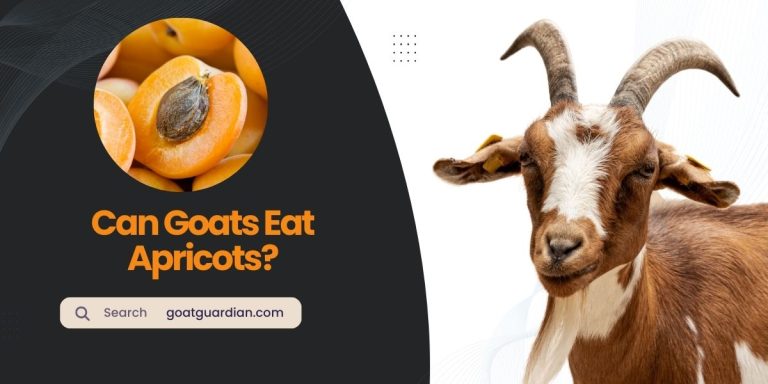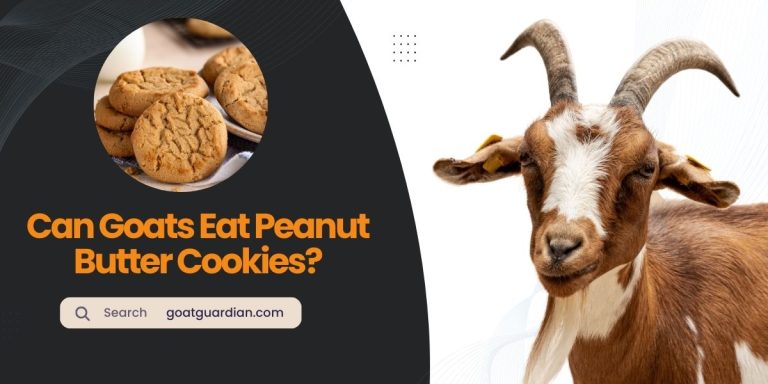Can Goats Eat Silage Bales? Is It Safe?
Goats should not eat silage bales as it lacks the roughage necessary for their survival and can pose a health risk to them. However, some goat owners may choose to feed silage to their goats, but it should be done with caution and awareness of the potential risks.
Feeding silage to goats is generally safe but can be challenging, especially in terms of storage and handling. It is important to ensure that the silage is free from mold and high nitrates. Additionally, goats should have access to other feedstuffs, such as hay, to meet their dietary needs.
Why Silage Bales Can Be Beneficial For Goats
Can Goats Eat Silage Bales? Silage can be an economical source of nutrients for sheep and goats, especially on large farms where feeding can be mechanized. Corn silage is composed of the entire corn plant and can also be made from forage and small grain crops.
Some goat experts advise against feeding silage to goats due to the lack of roughage they need to survive. However, others believe that goats can eat silage, as they can digest fermented feeds quite well. It’s important to note that feeding silage to goats does come with some risks, such as the potential for listeriosis or mold contamination.
Therefore, if considering feeding silage to goats, it’s crucial to carefully handle and store the silage to mitigate these risks. Overall, silage can be a nutritious and cost-effective feeding option for goats, but it should be done with caution and proper management.
Potential Health Risks Of Feeding Silage Bales To Goats
| Silage can be an economical source of nutrients for sheep and goats, especially on large farms where feeding can be mechanized. Corn silage is composed of the entire corn plant. Silage can also be made from forage and small grain crops. Baleage can pose a health risk due to Listeriosis or “circling disease” in sheep and goats. Sheep and goats are especially susceptible to Listeriosis. While many goat experts advise against feeding silage to goats due to its lack of roughage, some people believe that feeding silage to goats is safe. However, caution should be exercised due to the risk of listeriosis. It is important to consider the nutritional requirements of goats and consult with a veterinarian before incorporating silage into their diet. |
Factors To Consider When Feeding Silage Bales To Goats
Importance of roughage in goat’s diet:
- Silage can be an economical source of nutrients for sheep and goats.
- Sheep and goats are especially susceptible to Listeriosis or “circling disease” from baleage, which can pose a health risk.
- While some goat experts advise against feeding silage to goats due to lack of roughage, others believe goats can eat silage as it provides similar feed options as sheep.
- Silage is better than hay due to consistent nutrition, especially in situations that require daily nutrition.
- Feeding silage to goats is generally safe but comes with risks and challenges, such as potential mold and high nitrates in haylage.
- When considering feeding silage to goats, it is important to monitor feed quality, ensure proper storage and handling, and consult with experts for guidance.
Tips For Safe Feeding Of Silage Bales To Goats
Silage can be an economical source of nutrients for sheep and goats, especially on large farms where feeding can be mechanized. Corn silage is composed of the entire corn plant, while silage can also be made from forage and small grain crops.
However, baleage can pose a health risk due to Listeriosis or “circling disease” in sheep and goats, making proper storage and handling techniques crucial. While some goat experts advise against feeding silage to goats due to its lack of roughage, others believe it can be fed to sheep and goats with caution.
Monitoring the goat’s health and adjusting the feed accordingly is essential. It is important to note that feeding silage to goats comes with a risk of listeriosis, so it is recommended to follow best practices and consult with a veterinarian.
Frequently Asked Questions Of Can Goats Eat Silage Bales
Is Silage Safe For Goats?
Silage can be safe for goats and provide them with necessary nutrients, especially on larger farms. However, it is important to be cautious as it can pose some health risks such as Listeriosis. Feeding silage to goats should be done in moderation and with proper consideration of the goat’s dietary needs.
How Much Silage Can A Goat Eat?
Goats can eat silage as a source of nutrients, but it is not recommended to feed them solely on silage due to a lack of roughage. Silage can be a supplementary food for goats. The amount of silage a goat can eat may vary, but generally, they can consume a few pounds of silage per day.
However, it is important to provide a balanced diet and avoid excessive amounts.
What Is The Best Silage For Goats?
Silage can be an economical source of nutrients for goats. However, some experts recommend avoiding feeding silage to goats due to the lack of roughage. Feeding silage to goats is generally safe but comes with risks. The best silage for goats would depend on their nutritional needs and specific farm conditions.
What Does Corn Silage Do For Goats?
Corn silage provides goats with essential nutrients such as fiber for digestion and phosphorus for energy metabolism. It can be an economical source of nutrients for goats, especially on large farms where feeding can be mechanized. However, there are risks and challenges associated with feeding silage to goats, so it should be done cautiously.
Conclusion
Feeding silage bales to goats can be done, but it comes with some risks. Silage lacks the roughage that goats need, and there is a concern of listeriosis. However, some goat owners have successfully fed silage to their goats with no issues.
It is important to carefully monitor the quality of the silage and ensure it is free from mold and high nitrates. Ultimately, it is up to the goat owner to decide if they want to incorporate silage into their feeding routine.

